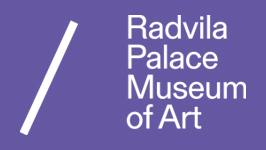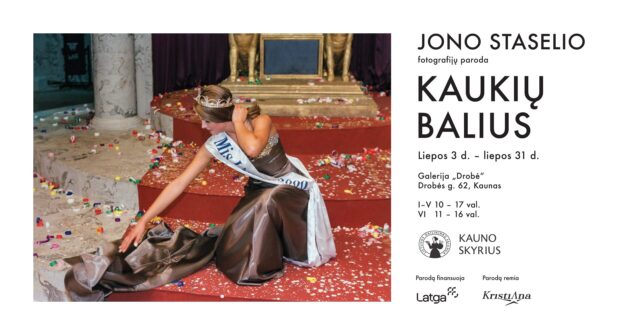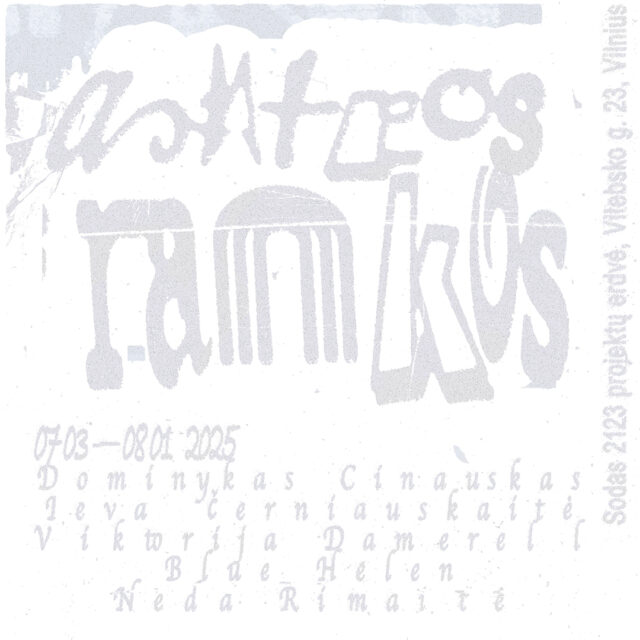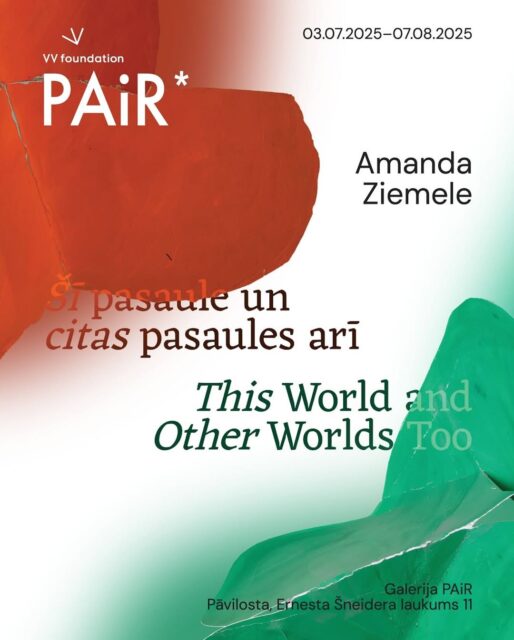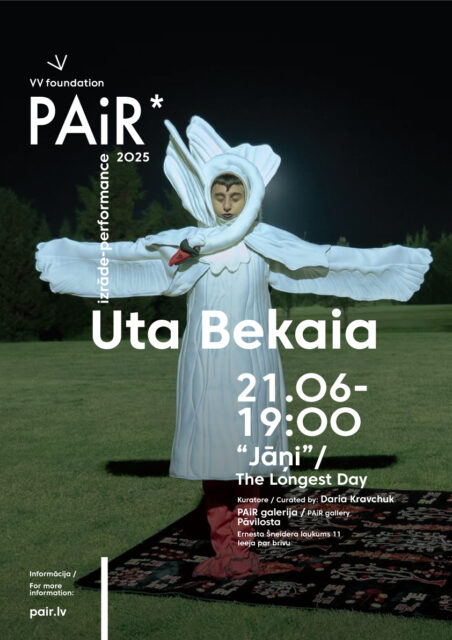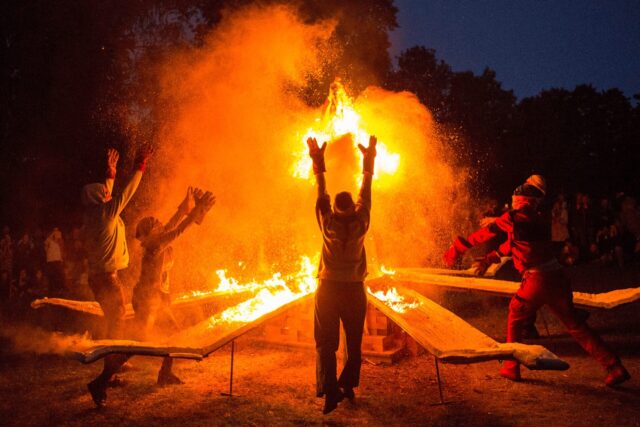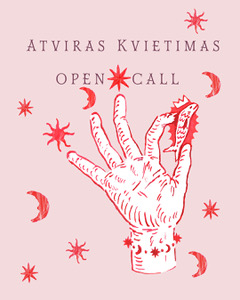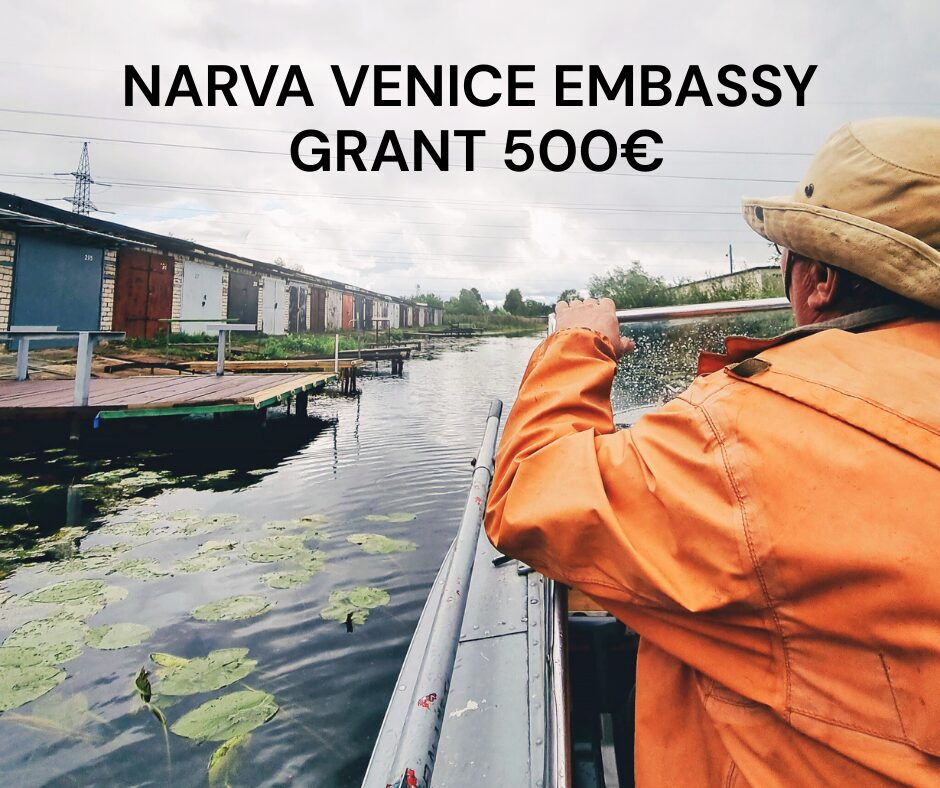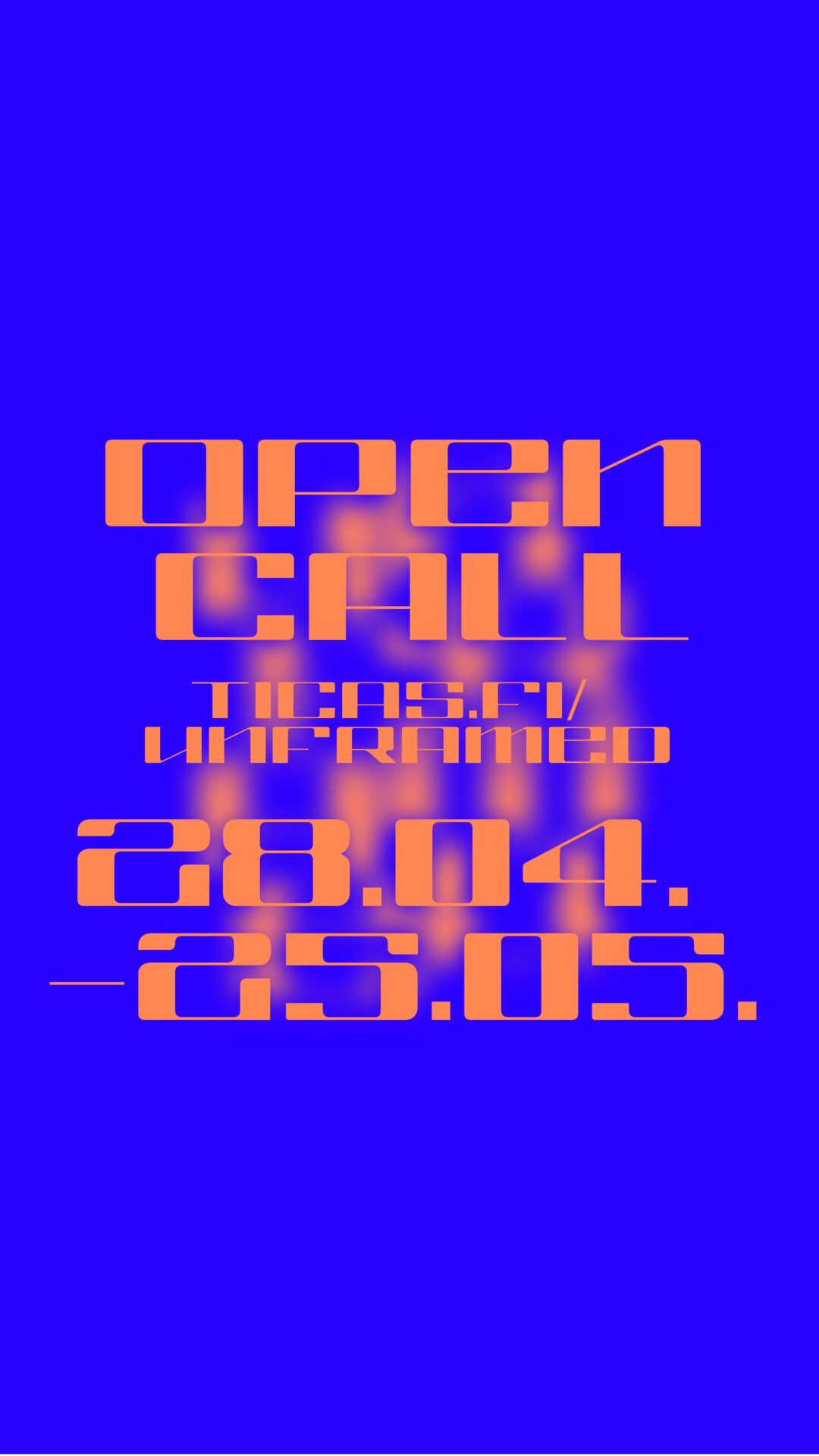This spring and summer will see the works of Estonian artists Kristi Kongi and Tõnis Saadoja showcased at the Pontone Gallery in central London. The exhibition, entitled ‘Lost Summer Skies’, will be open from 3 May-6 July.
Sandra Veinla, the manager of Pontone Gallery and the exhibition’s curator, says she is delighted to finally be able to work with Estonian artists after so many years in the London art world. “It’s a wonderful feeling to be contributing to the promotion of Estonian culture outside of Estonia,” she said. “Tõnis and Kristi are both extraordinary artists, so we’re thrilled to be presenting their work to the British public in our first ever joint exhibition. Their oeuvres are perfectly matched to both the gallery’s history and our future plans.”
Pontone Gallery has had strong links to the realist and photorealist genres of painting since the 1990s. “Tõnis fits right into that category for his technical form-finding and systematic approach, which are developing the style in a fascinating new direction,” Veinla said. “We’d been looking for a strong abstract painter to work with for quite some time as well, and Kristi’s pieces are exactly the kind of work we wanted to include in our programme. We’re so excited that she’s also creating a spatial installation for the exhibition in our Fitzrovia gallery, taking her paintings from the canvas to the walls and utilising the entire gallery space.”
Kristi Kongi and Tõnis Saadoja are colleagues from the Estonian Academy of Arts, albeit with rather different painting styles. Although their studios are side by side, there has never been a joint exhibition of their works. For the showcase opening at the Pontone Gallery in May, they have painted pictures around a central theme of the sky and its symbolic significance in Estonian and wider Nordic culture.
In addition to painting, Kristi Kongi creates location-specific installations. Colours, light and space are at the heart of her works, which are often reconstructions of specific places. They operate very strongly on a mechanism of emotional memory, granting the viewer the opportunity to experience the colour and light of past situations once again. They are characterised by their bright, often spectral colours.
“The starting point for all of my paintings is skies and places,” Kongi explained. “The sky seems to sit right above us and appears to be the same everywhere you go, but in fact varies enormously from one place to the next. Look at the difference between the skies here in Northern Europe and the skies in tropical Mexico: the colours are completely different. But the two will come together rather beautifully at the exhibition in London, united for a brief moment at what seems to be the centre of the world.”
Kongi says that although the visual languages she and Tõnis Saadoja employ could not be less alike, there are a surprising number of crossover points between their works. “You find them in the places we depict, in the times, in the skies,” she noted. “It’s as though worlds of a sort come together in our paintings, which fascinates me. It all felt so logical, really, when we were putting the exhibition together, that it was our works that would be meeting in one space and speaking to each other.”
Tõnis Saadoja is a painter who primarily engages in image analysis, private and personal history (writing) and what he calls ‘small histories’. His paintings are characterised by their conceptual structure and search for a technically distinctive form for everyday images. For the ‘Lost Summer Skies’ exhibition, he has chosen works from two complementary series: monochromatic paintings with an architectural element; and paintings with a summer sky motif.
“I’m interested in a laconic approach to painting, in conditional colour, the relationship between space and plane, the balance between visible and invisible,” he said. “All of this comes through in low-contrast paintings in a hazy glow as if from beneath a damper. The buildings that are depicted aren’t from the same time or place or in the same style, but the views of them are linked by a similar quality of metaphysical space, geometric structure and a feeling of empty non-functional space. In the new works created for the London exhibition, the focus is on variations in technique within a similar motif – that being the twilit summer sky in all six paintings. I’ve been exploring the motif of landscape in my works over the last 18 months, and my etudes of the sky and clouds form part of that.”
Saadoja reveals that he spent the last two summers photographing the summer sky in Estonia, describing it as a space all of its own in the context of Estonian nature which largely remains closed off during the darker winter months. “Painting clouds is, in a sense, like composing an abstract painting, and the colours, structure and dimensionality of it can be just as symbolic in their way,” he remarked. “At the same time, the realistic sensation it provides maintains a link with the images of a Northern European summer you have in your memory.”
The exhibition issuing supported by the Cultural Endowment of Estonia.
Photography: Paul Heartfield

















